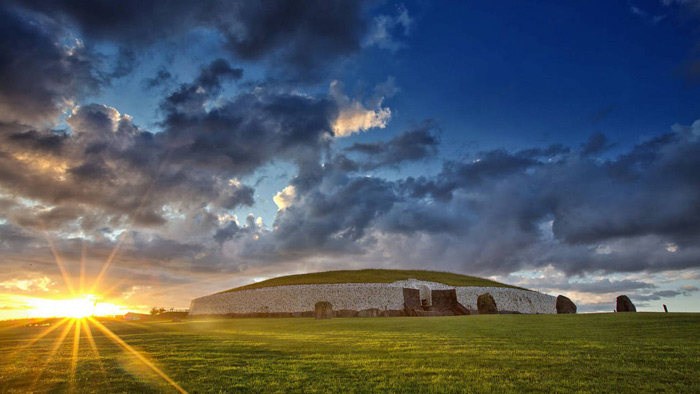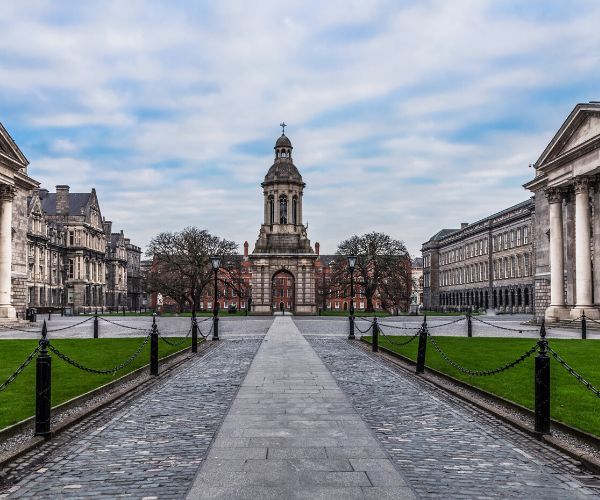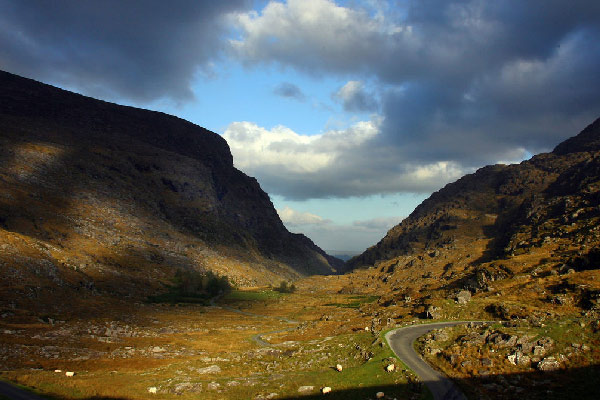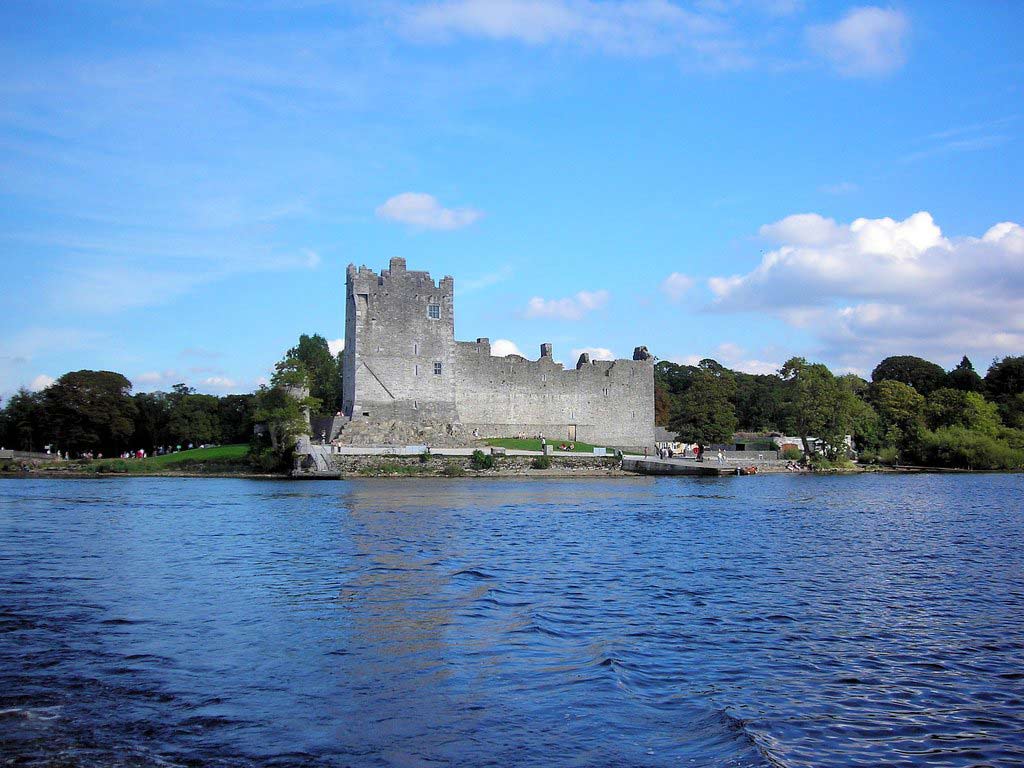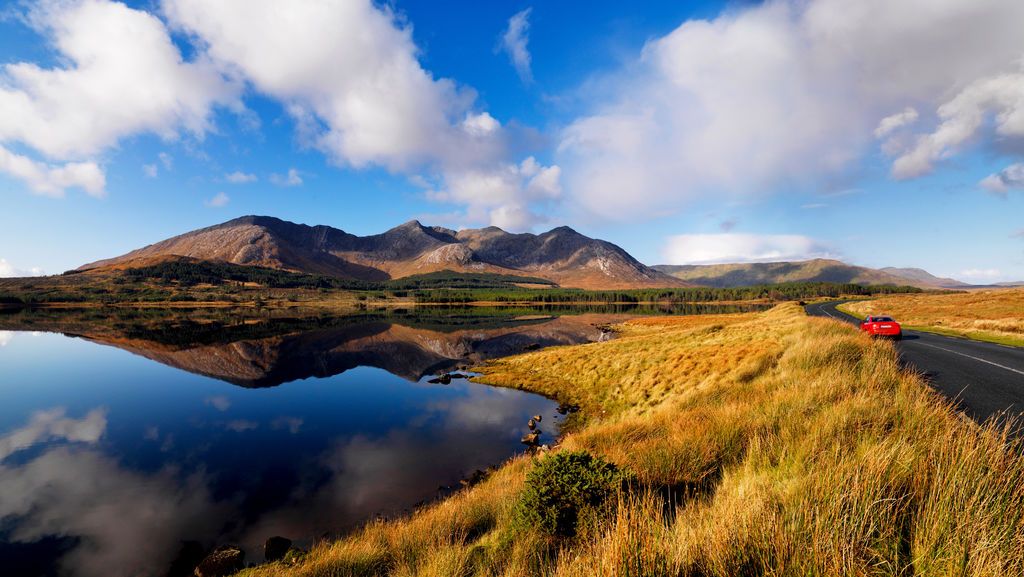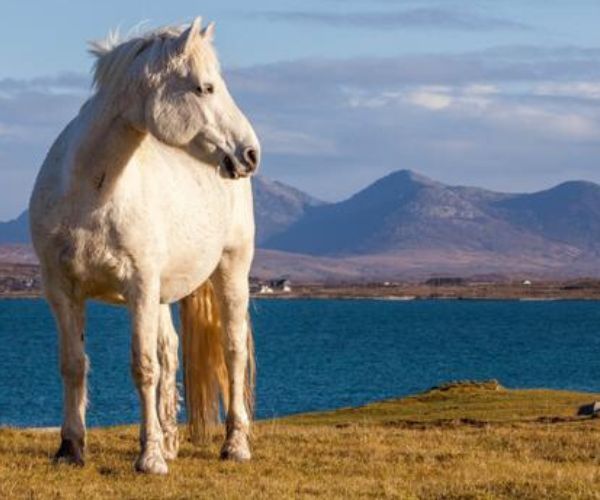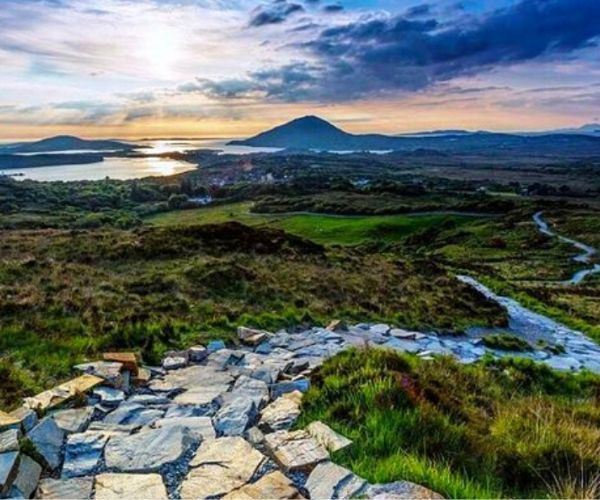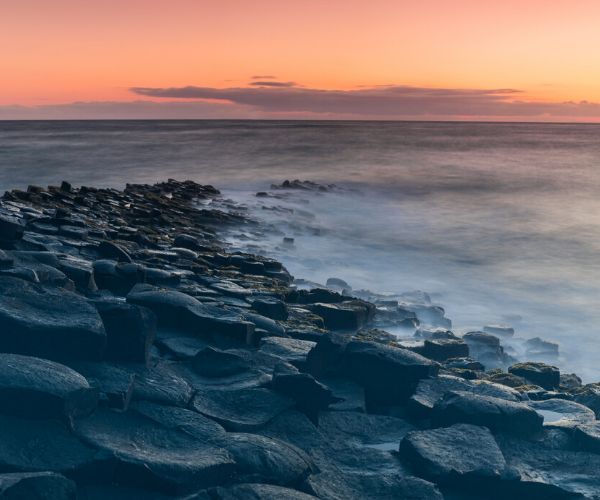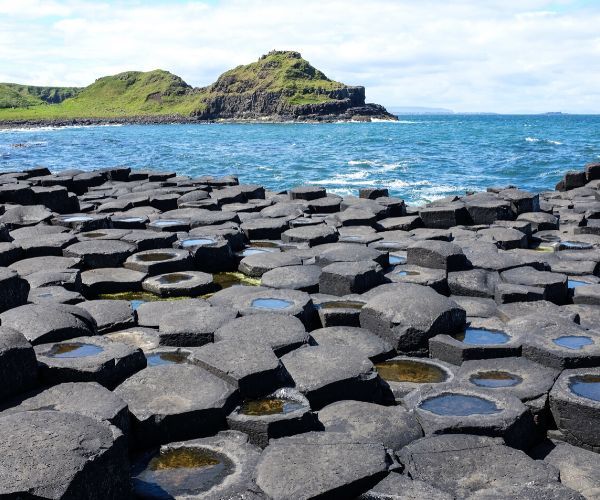| Lonely Planet has selected 8 attractions and experiences on the island of Ireland in the latest edition of its Ultimate Travel List. The second edition of Lonely Planet’s Ultimate Travel List, features its top 500 “most thrilling, memorable and interesting travel experiences in the world”. The list includes the Wild Atlantic Way as the highest new entry at number 21, as well as the Giant’s Causeway, the Ring of Kerry, Connemara, Brú na Bóinne, Sliabh Liag, Titanic Belfast and Trinity College. We look at each of these wonders in more detail below to inspire your future travels. Enjoy! |
Wild Atlantic Way
From the wind-whipped Malin Head to tranquil Kinsale Harbour, the Wild Atlantic Way is the world’s longest defined coastal tour. Hugging the west coast, this is a stunning route of jagged cliffs, epic bays and intriguing Irish heritage. Whether you tour with us end-to-end, or dip into it here and there, it’s magical.
Along the route, you’re treated to colourful homes, vibrant cultural festivals, artisan food and some of Ireland’s most charming villages – Kinsale, Dingle, Kenmare, Letterfrack and many more – as well as the world-famous Cliffs of Moher, Sliabh Liag (featured below). Buckle up for true adventure.
Brú na Bóinne
Imagine standing in a room that was created 5,000 years ago. That is what you can experience at Brú na Bóinne in County Meath, which showcases the rich archaeological heritage of the Boyne Valley.
The Neolithic passage tomb of Newgrange is best known and it was created around 3,200BC – before Stonehenge or the Great Pyramid of Giza. At the winter solstice, a lucky few people can witness the incredible sunrise alignment with the tomb. A new state-of-the-art visitor experience has opened, providing a €4.5m gateway to the passage tombs.
Trinity College
As well as having an incredibly beautiful campus, Dublin’s Trinity College also houses the famous Book of Kells, a 9th-century manuscript penned by monks in amazingly intricate fonts and illustrations. After viewing it, a visit to the library’s Long Room is an absolute must. As Conde Nast reports, you’ll feel like you stepped directly into a Disney movie. With two levels of floor-to-ceiling wooden shelves packed with books, many only reachable by a sliding ladder, this immense university library dates back to the early 18th century.
Most recently, the limelight was on Trinity College as a filming location for Normal People. If you missed it there, have a look at our virtual tours here.
Ring of Kerry
The Ring of Kerry offers a rare escape into some of the most breathtaking landscapes Ireland has to offer. From island-studded Atlantic panoramas to cosy traditional pubs, prepare to meet a masterpiece.
Travellers have been lured to the starting point of Killarney since the mid-18th century, drawn by the town’s great atmosphere and friendly vibes. Away from the hum of the street music, serene pastoral landscapes and narrow tree and hedge-lined roads lead to impossibly beautiful mountain passes and Moll’s Gap, an outstanding stretch of curving road enhanced by a scattering of lakes and the hulking presence of the MacGillycuddy’s Reeks mountain range.
Connemara Peninsula
The name Connemara (Conamara) translates as ‘Inlets of the Sea’ and the roads along the peninsula’s shoreline bear this out as they wind around the coves of this breathtaking stretch of Ireland’s jagged west coast.
The beautiful region is a kaleidoscope of rusty bogs, lonely valleys, and shimmering black lakes. At its heart are the Maumturk Mountains and the pewter-tinged quartzite peaks of the Twelve Bens mountain range, with a network of scenic hiking and biking trails. Everywhere the land is laced with stone walls.
This is the true “West” of Ireland where everything feels remote and romantic and it’s not surprising that it has attracted artists through the ages.
Sliabh Liag
The Sliabh Liag (Slieve League) Cliffs are the highest accessible sea cliffs in Europe, towering at around 2,000 feet tall. They are almost three times the height of the Cliffs of Moher and twice as high as the Eiffel Tower in Paris.
Sliabh Liag was the site of a Christian pilgrimage for more than 1,000 years and it is widely believed to have been a sacred place long before the Christians arrived. On top of Sliabh Liag, you can still see the remains of Ade Mc Bric’s chapel as well as the remains of the monk’s stone dwellings known as hive huts. As you climb toward the top, there are stunning views of the Atlantic Ocean, Donegal Bay, and the Sligo Mountains.
Giant's Causeway
Legend has it the Giant’s Causeway, with its thousands of hexagonal basalt columns rising from the sea, was the remains of a causeway built by Irish giant Finn MacCumhaill (who had the strength of 500 men!) and his Scottish adversary Benandonner.
Science disagrees somewhat and says the Giant’s Causeway was formed by a volcanic eruption some 50 to 60 million years ago. Whatever you choose to believe, there’s no doubt that this otherworldly site showcases nature at its most incredible. When we bring clients to this area of the Northern Causeway Coast, they are always awed and amazed.






